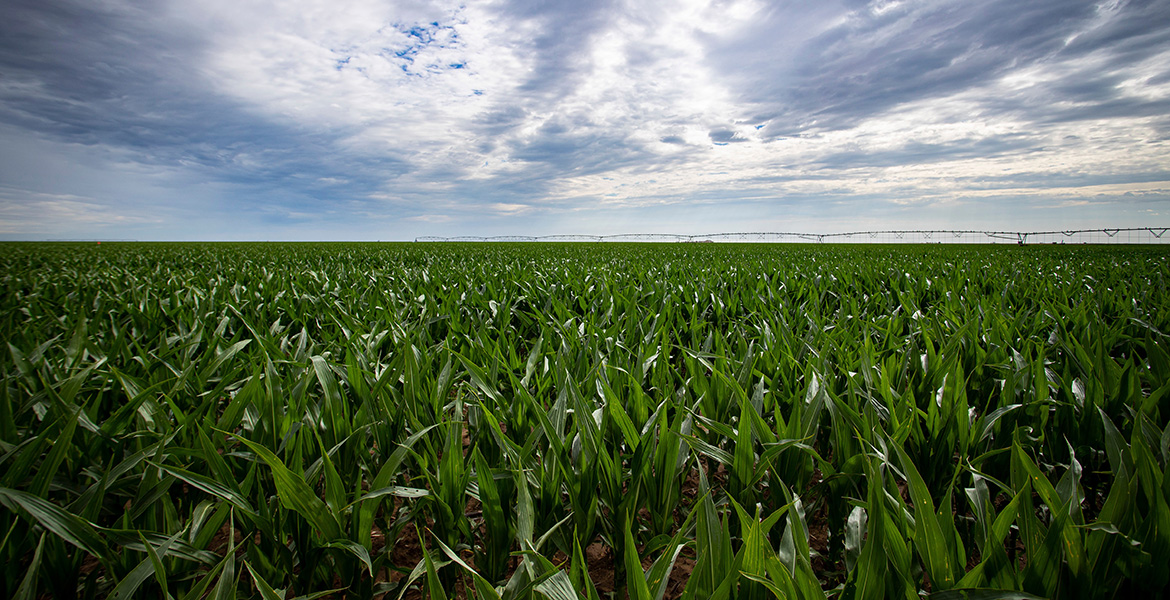
Oklahoma crop producers urged to be proactive
Friday, April 10, 2020
Soil temperatures and other weather conditions indicate most Oklahoma crop producers wanting to plant corn should do so now, agricultural experts said.
“The Oklahoma Mesonet shows three-day soil temperatures are in the 50s and 60s for much of the state, with good soil moisture,” said Josh Lofton, Oklahoma State University Extension cropping systems specialist.
Not surprisingly, far northwestern Oklahoma is much drier than the rest of the state where drought conditions persist, according to the data provided by Mesonet, the state’s environmental monitoring station system.
“Producers in the region likely haven’t forgotten challenges faced last summer when it came to growing summer crops,” said Britt Hicks, Texas County Extension agricultural educator. “Pre-planning is vital if a producer is going take advantage of more limited windows of opportunity in terms of planting conditions compared to farmers in some other areas of the state.”
Once again weeds are expected to be a prime concern. Producers need to clean up their fields before planting by being proactive in their burndown and pre-emergence herbicide programs. Burndown should be used to control weeds that have already emerged and pre-emergence targets new weeds from coming out of the ground.
Producers need to evaluate which herbicides are likely to be most effective in their specific fields. Some common weeds have resistance to multiple herbicide groups. Information regarding types of herbicides that will work best is commonly available in herbicide resistance charts. If in doubt, contact the nearest OSU Extension county office for assistance.
“Early season corn and other summer crops need to focus all their energy on growing, so don’t let crops get off to a bad start by planting in a field where weeds have an advantage,” Lofton said. “Apply the proper herbicide at the correct rate. Trying to save money by cutting back on the prescribed rate can cost a producer more in the long run.”
Oklahoma crop producers planted about 370,000 all-purpose acres of corn in 2019. State producers harvested about 330,000 acres of corn for grain, according to USDA National Agricultural Statistics Service data.
Those wanting to plant grain sorghum or soybeans need to exercise caution. Late-spring freezes are still in the forecast and could have negative effects on the crops.
Also, be aware that local seed supplies are short. Whether due to the pandemic causing a reduction in truck traffic bringing in product locally or just lower storage, the need to plant quality seed is paramount.
“A lot of companies still have quality seed, so reach out to them, develop a plan that promotes best use of available farm resources and get to it,” Lofton said. “We’re starting to hear about some fields of cover crops that need to be terminated. Improperly terminating a cover crop can negatively affect the subsequent cash crop so make sure to follow best management practices. Again, contact the local OSU Extension county office for assistance.”
OSU Extension is one of two state agencies administered by the university’s Division of Agricultural Sciences and Natural Resources and is a key part of OSU’s state and federally mandated teaching, research and Extension land-grant mission.
MEDIA CONTACT: Donald Stotts | Agricultural Communications Services | 405-744-4079 | donald.stotts@okstate.edu
